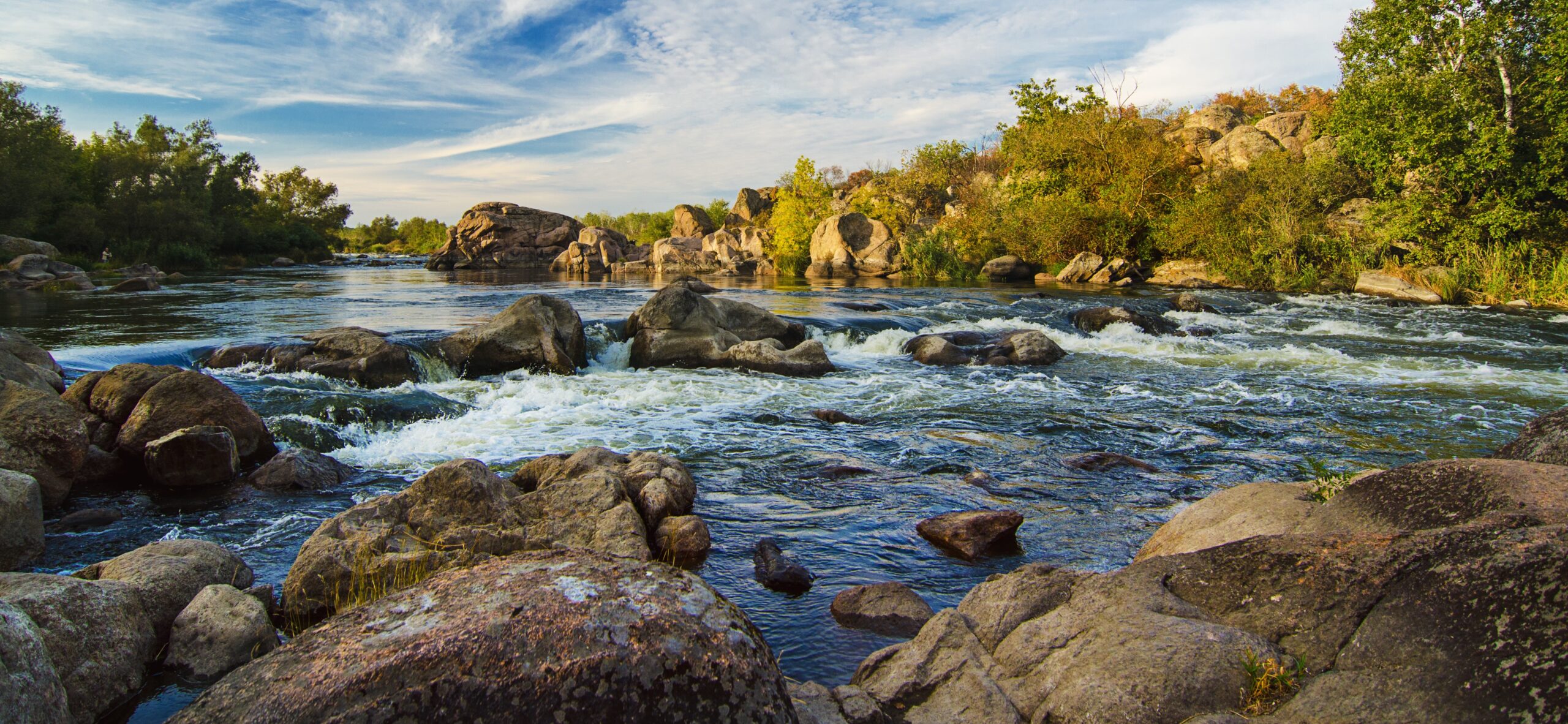
FAQ
Pollinators
Overview
A frequently asked questions guide to Pollinators and related issues.
1. What are pollinators?
Pollinators are insects and animals that move pollen from one part of a plant to another, allowing fertilization of the plant so that fruit and seeds can be produced. Pollinators include bees, butterflies, moths, birds such as hummingbirds, several species of bat, ants, and some species of beetle and wasp. In the United States alone, there are over 4,000 species of native bees. Honey bees are not native to North America.
2. Why are pollinators important?
Pollinators are responsible for a full one-third of the crops that are grown for human consumption. Flowering crops cannot produce fruit and seeds without pollination. In fact, nearly 90% of all flowering plants on Earth require a pollinator to reproduce. Bees are also responsible for all the honey that is produced.
3. Why are pollinators in decline?
Pollinators are declining worldwide due to some of the factors that threaten all biodiversity. According to pollinators.org, pollinators are declining because of loss of habitat, improper use of pesticides/herbicides/ fungicides, disease, parasites and invasive species. In 2015 alone, over 40% of honey bee colonies in the United States were lost. Bumblebees and Monarch butterflies may go extinct within a few years if their native flowering plants and habitats are not restored and protected.
4. Do neonicotinoids harm pollinators?
Neonicotinoids are a relatively new class of pesticide linked to pollinator decline. Research on specific types of neonicotinoids has been mixed, but many assessments show negative impact on bee navigation, reproduction, immune function and growth rates. Neonics sprayed on plants have been banned in Europe.
5. Who supports and who opposes pollinator bills?
Beekeepers, environmental and science groups, fruit-growing associations and gardeners are often strong supporters of pollinator protection bills; those in opposition sometimes include chemical companies, pest management agencies and groups, and agriculture groups such as the Farm Bureau.
6. What are the human health risks associated with pesticides?
Pesticides are linked to numerous health risks for humans. Short-term risks are the most common and can include stinging eyes, rashes, blisters, blindness, nausea, dizziness, diarrhea and death. However, they are also associated with chronic risks and are often more severe including cancers, birth defects, reproductive harm, immunotoxicity, neurological and developmental toxicity, and disruption of the endocrine system. These impacts disproportionately affect marginalized groups, such as farm workers, that are most exposed to pesticides in their daily work.
7. What is the difference between neonicotinoids and organophosphates?
Neonicotinoids and organophosphate are two of the most common pesticides used today. However, they belong to two different classes of pesticides and can have different uses. They are most often used to target different agricultural pests. Neonicotinoids are predominantly used to coat seeds and protect against secondary crop pests, which are those that are not the main cause of yield loss. Meanwhile, organophosphates are the most used pesticide today and target a wider range of agricultural pests.

Empower State Environmental Champions
Your donation funds the fight for equitable actions that protect the environment and our health.
Donate